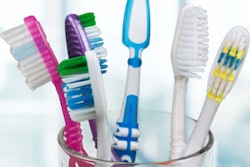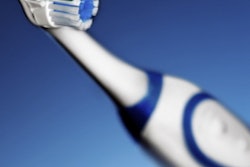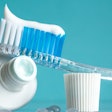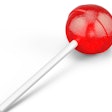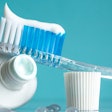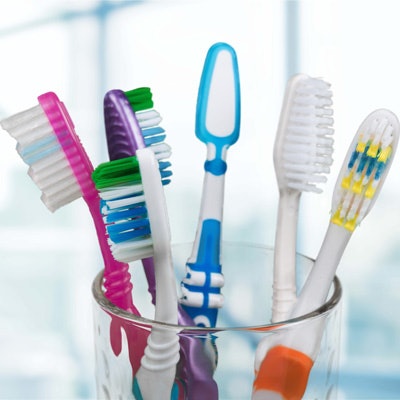
Should a manual toothbrush have soft or hard bristles? Answering that question involves more than just measuring plaque removal, so researchers wanted to know if the literature could point to a recommendation about bristle softnesss and shape for preventing soft-tissue effects, such as gingival lesions.
Based on their systemic review, they found that manual toothbrushes with softer bristles generally had fewer adverse oral soft-tissue effects.
"Soft and extra-soft toothbrushes tend to be safer," the authors wrote in the International Dental Journal (August 27, 2018).
The review was led by Nicolle Ranzan, MSc, while she was a graduate student in periodontology at the Federal University of Rio Grande do Sul School of Dentistry in Porto Alegre, Brazil, and who now practices in the United Arab Emirates.
Some studies have reported that toothbrushes with stiffer bristles may provide greater plaque removal, but these toothbrushes have also been linked to adverse oral soft-tissue effects, such as gingival adhesions. Other studies also suggest that end-rounded bristles may be superior than tapered bristles in removing plaque.
The researchers conducted a systematic review to examine soft-tissue lesions caused by different bristle stiffness levels and end shapes in adult manual toothbrushes. They wanted to find out if studies revealed which bristle type produced more gingival lesions and if bristle design played a role in their development.
They searched clinical publication databases to identify controlled trials that evaluated toothbrush bristle stiffness, end shape, or both in regard to soft-tissue safety. They included only studies conducted with at least two manual toothbrushes differing in bristle stiffness, end shape, or both that reported any adverse effects after at least seven days of follow-up.
The researchers reduced almost 2,000 studies to 13 for their review. Six studies focused on bristle end shape, two focused on bristle stiffness, and both features were investigated in the other studies.
Hard-bristle toothbrushes produced more gingival lesions than medium- and soft-bristle brushes, the review authors reported. They also found a slight gingival recession width increase was identified in the end-rounded group compared with the tapered group.
However, only four studies presented adverse effects as the primary outcome, the authors noted. In addition, the examined studies were heterogeneous, meaning they were conducted in different manners and, thus, the researchers were not able to statistically merge the results for a meta-analysis for their review.
While more studies are needed, practitioners can tell their patients that either kind of bristle design is safe, the review authors concluded.
"Both tapered and end-rounded toothbrushes were considered to be safe, and there was no evidence to indicate one type of toothbrush over another," they wrote.




